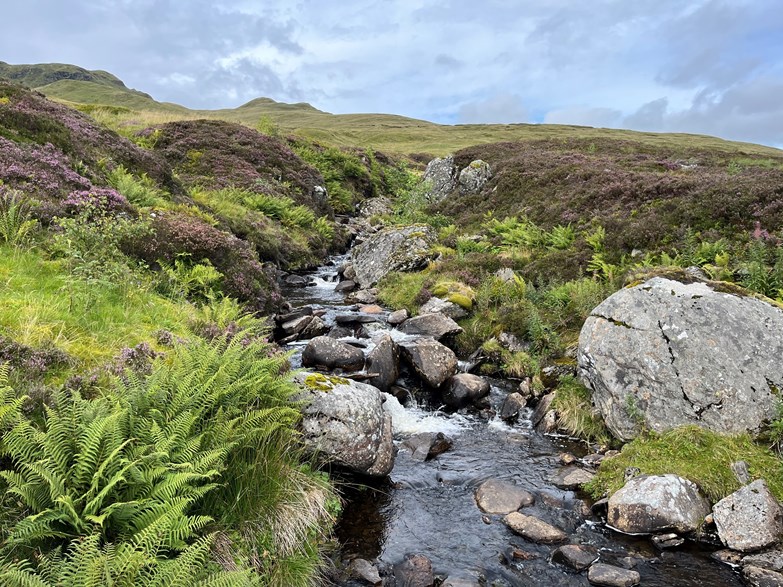Measuring biodiversity in Scotland

A new report considers a range of ways biodiversity could be measured and reported in Scotland
A new report on approaches to measuring biodiversity in Scotland was published by the Scottish Government last month.
Being able to measure biodiversity is important for delivering Scottish Government policy objectives for natural capital, planning and development, conservation monitoring and agriculture.
The report was written by a team at SRUC and SAC Consulting after reviewing a range of existing biodiversity metrics and engaging interested parties across the key policy areas highlighted above.
It considers a range of ways biodiversity could be measured and reported in Scotland. Approaches to biodiversity measurement can vary, not only in what is being measured, but also in the time and effort it takes to collect and analyse data. When methods become more complex, more expertise and training is needed, and outputs can be more difficult to understand.
For this report, the project team engaged 72 interested parties from across the four policy areas and gathered insights on a range of criteria, including what should be measured and how, how much time and effort it would take, how robust and comparable an approach may be, and how easy it is to use and understand.
The authors also reviewed 26 existing approaches to characterize biodiversity using the same set of criteria, including a detailed review of Natural England’s Biodiversity Metric 3.1. For existing metric approaches, the authors considered what modifications might be necessary to use or adapt these approaches for Scotland.
When you look across the four key policy sectors (agriculture, natural capital markets, planning and development, and conservation and biodiversity monitoring), each has different needs and priorities for biodiversity assessment. For example, sometimes only a simple approach that requires basic training may be needed, whereas at other times more complex or robust approaches are needed to monitor or measure changes in biodiversity.
However, the research identified common interests across these policy areas in what aspects of biodiversity are most important to measure. In Scotland, interested parties across all sectors felt it was a priority to measure habitats, species, connectivity, and ecosystem integrity.
Because of the range of needs across sectors, an approach to biodiversity measurement will need to be flexible and scaleable to reflect the different purposes, users and priority biodiversity outcomes across sites in Scotland. The report recommends approaching biodiversity measurement through a framework that can integrate multiple metrics or tools to monitor biodiversity and provide consistent results, while being flexible so that metrics and tools could be tailored to address different user or policy needs.
This type of framework could incorporate new elements, but also carry forward elements from existing tools adapted for use in Scotland.
To view the report, visit: Measuring biodiversity: research into approaches - gov.scot (www.gov.scot)
Posted by Julia Mccarthy on 09/10/2023
